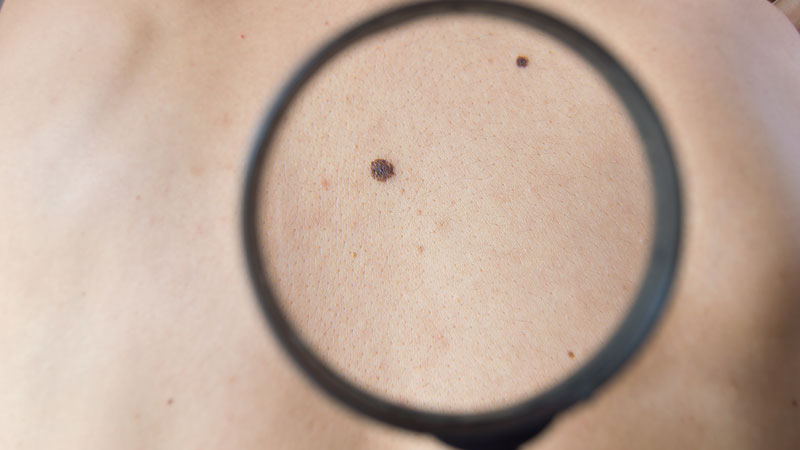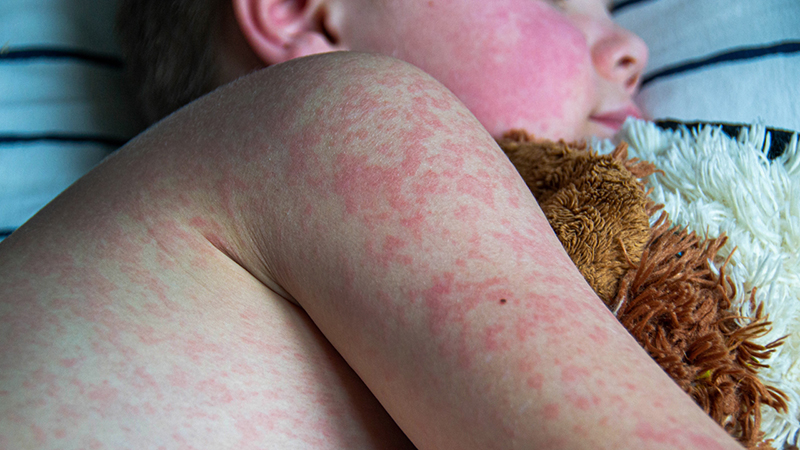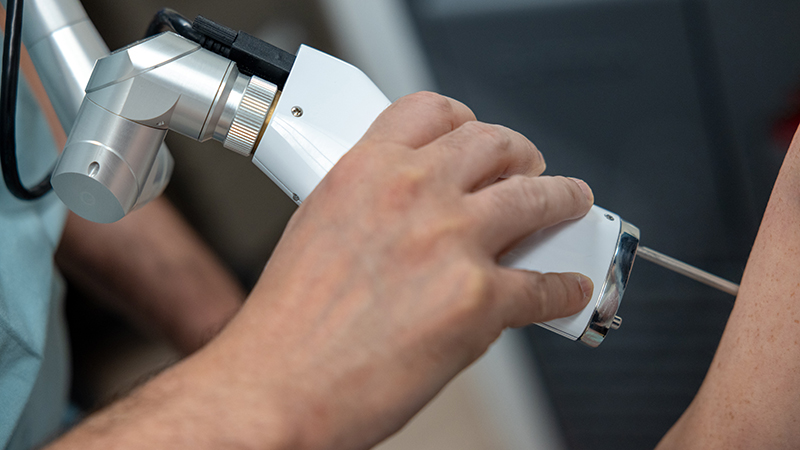Telling Signs of Testicular Cancer
Published October 2019
How to Do a Testicular Self-Exam
Cyclist Lance Armstrong brought it into the spotlight, but testicular cancer is uncommon. According to American Cancer Society, about 1 of every 250 men will develop testicular cancer at some point during their lifetime.
The average age of testicular cancer diagnosis is 33.
“About 1 percent of cancers in men are in the testicle,” says Northwestern Medicine Urologist Ricardo Soares, MD. “However, since most testicular cancer cases are in men between the ages of 20 and 40, who often don’t go to see their primary care doctor because they feel otherwise healthy, it’s important to regularly check for the signs of testicular cancer.”
It’s important to regularly check for the signs of testicular cancer.— Ricardo Soares, MD
Signs and Symptoms of Testicular Cancer
Testicular cancer symptoms can be subtle. They may include:
Change in testicle size. “If you’ve asked yourself, ‘Why are my testicles bigger?’, ‘Why are my testicles smaller?’ or, ‘Why are my testicles two different sizes?’, it’s time to see your physician,” says Dr. Soares.
A lump in your testicle. It can be small — pea-sized — or larger. According to Dr. Soares, larger size doesn’t immediately translate into worse testicular cancer outcomes. A smaller lump may sometimes be associated with advanced disease.
Feeling of heaviness or pain in the scrotum. “One out of five patients with testicular cancer present with pain in the scrotum,” says Dr. Soares.
Pain in the back, upper abdomen and sides (the flank). “Flank pain is a sign of testicular cancer that is seen in more advanced cases, about 10 percent of the total,” says Dr. Soares.
Tenderness in the chest or enlargement of the breasts. Some testicular cancer tumors can produce hormones that can cause breast tenderness.
“Many symptoms and signs of testicular cancer are similar to those of trauma to the testicles or infection, so it’s important to see your physician immediately to determine the actual cause,” says Dr. Soares.
How to Check for Testicular Cancer
“You don’t have to do a testicular exam every day, but it’s important to keep tabs on changes in your testicles,” Dr. Soares says.
It’s best to check your testicles after a warm shower, since it helps relax the scrotum and can help you better feel for irregularities.
Examine one testicle at a time, using your thumb and index finger to feel for lumps and areas that may be painful to the touch. Your testicles may be different sizes or shapes, or hang differently than each other. This is normal. Knowing your norm will help you determine when something is unusual.
If you experience any testicular cancer symptoms, call your physician right away. Further diagnostic testing, most commonly a series of ultrasounds, will be required to determine the cause of your symptoms.






